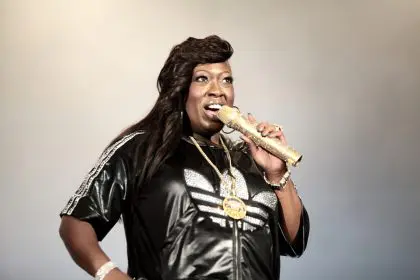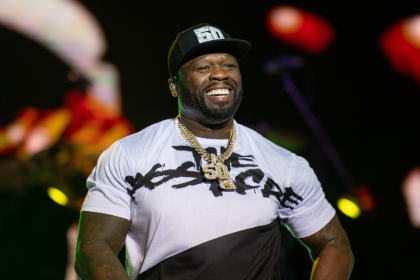It was 20 years ago today that Nas released his seminal debut album, Illlmatic. It wasn’t the huge crossover hit that, say, The Chronic or Doggystyle had been in the previous years. And it didn’t quite re-ignite the East Coast’s hardcore aesthetic either. Acts like Redman, Onyx, Das EFX, and Black Moon had started doing that as early as 1992. But what Illmatic did was introduce the world to a thoughtful and gifted rhyme-writer from the Queensbridge Projects; and in doing so, it returned the traditional New York City emcee to hip-hop prominence.
It’s important to remember exactly where Illmatic falls in the chronology of the East Coast emcee. By 1994, the iconic emcees that had dominated the late 80s and early 90s were all experiencing lulls in their visibility. Rakim was two years removed from his last album with Eric B. (Don’t Sweat the Technique) and three years away from his solo debut. Big Daddy Kane’s career nosedived after ill-advised forays into R&B and an infamous pictorial in Playgirl magazine. He was still recording, but few were still listening. Slick Rick was in the middle of an eight year prison sentence after pleading guilty to attempted to murder, and his prison releases received little commercial attention or critical acclaim. Kool G Rap, like Rakim, hadn’t released anything since he split from his DJ and partner, DJ Polo, in 1992. And KRS One’s first release under his own name (after years of recording under the Boogie Down Productions umbrella) was met with lukewarm reviews.
In early 1994, West Coast hip-hop was king of the commercial charts. Artists like Snoop Dogg, Dr. Dre, Ice Cube and 2Pac were the most visible in the industry. Meanwhile, New York City’s hip-hop scene had become dominated by artsy, bohemian-esque rap acts like A Tribe Called Quest and Digable Planets for much of the early 1990s. Then in late 1993, Wu-Tang Clan released their debut album, which set the stage for Illmatic in April 1994.
Nas evoked the spirit of Rakim and Kool G Rap, but with less of the mythos of the former and bravado of the latter. There was some of those elements, to be sure, but Nas seemed more like an everyman. He seemed like a kid who just wrote raps about the world around him, quietly making astute observations about his environment without sounding like he was really trying to be “deep.” Illmatic also featured a bevy of high-profile producers at a time when the idea of multiple producers on one hip-hop album was still a rarity. DJ Premier, Q-Tip, Large Professor and Pete Rock all contributed; and yet the album felt cohesive.
In a young Nasir Jones, New York City had it’s new hero. And he set the template that solo artists like the Notorious B.I.G. and Jay Z would take to higher commercial heights later on. Nas would also become more popular in the ensuing years —and more ambitious, with his creative reach often exceeding his grasp. But it’s important to look back at his debut two decades later, and recognize how important he is historically. There are few contemporary hip-hop albums as pure and unpretentious as this, and it’s the perfect showcase for everything that Nas did —and continues to do —well. Don’t get why Nas is so revered? Give this album a listen.
It ain’t hard to tell.

















